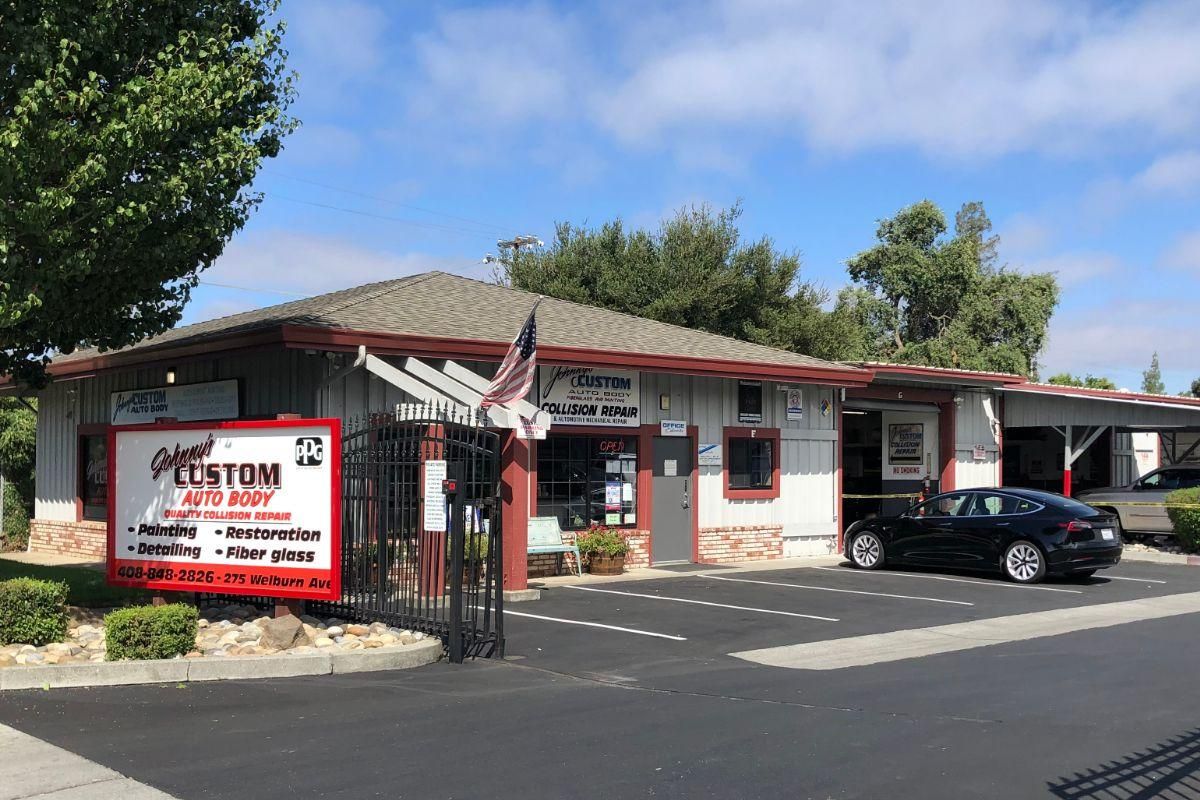California’s Bureau of Automotive Repair (BAR) held its third public workshop Oct. 17 on regulations that would change how -- and how much -- body shops and collision centers can charge to store vehicles.
Public comment is still possible, likely for several months.
BAR Chief Patrick Dorais, opening the session, called it the “third and hopefully final” public meeting, saying the “regulatory workshops were intended to resolve all of the issues relating to draft regulations.”
He added, though, that it was “certainly not the last opportunity to comment.”
At some point, regulations will go to the state Office of Administrative Law, with a minimum 45-day public comment period.
Industry watchers say comment should get to BAR now, before rules end up as binding administrative law.
Collision Centers Could be Considered Similar to Towing Service
“It’s going to change the way to charge and what to charge,” said Jack Molodanof, an attorney and lobbyist working with the California Autobody Association (CAA), on the regulations debate.
The current proposed regulatory language and a summary of the changes presented at the workshop by BAR show several key changes under consideration.
Storage rates would be set annually, reported to BAR, keyed to “the actual and direct costs” of storing vehicles, and comparable to area competitors. Rates are to be posted in the shops, and given in writing, with a start date.
Customers would have three days to decide whether to remove the vehicle or authorize repairs. No storage can be charged while repairs are done, and shops that perform no repairs -- a totaled vehicle -- can only charge storage rates similar to local police departments or the California Highway Patrol, as with towing services.
The regulations and BAR information said changes flow from AB 1263, a 2023 law, to codify BAR guidance and unify current regulations, now spread across three different California Codes.
Information on the proposed new rules provided via email by Molodanof called these “significant changes.”
Fees a Flashpoint
“When a car goes to a tow yard,” John Webster told Autobody News by phone, “is that car ever cared for? Is it covered? Is it secured? Is it crash-wrapped? No, it’s dumped off in the corner. And if the windows are down, and it rains, the rain gets in. And it doesn’t leave there without cash in hand.”
 John Webster, co-owner of Johnny’s Custom Auto Body.
John Webster, co-owner of Johnny’s Custom Auto Body.
Webster with Alyssa Lehr co-owns Johnny’s Custom Auto Body in Gilroy, CA. It opened in 1989, and now has about 10,000 square feet of space -- 60% of that indoors -- with nine employees, working on 50 cars per month. An average ticket is about $5,000.
Webster in an interview emphasized the attention vehicles get at his shop, which is paved, and in a commercial complex, he said. His fees are $175 a day for outside storage -- comparable, it would seem, to “the tow yards, which are $125 to $150.”
Comparable, and thus reasonable, right?
“Those numbers are close; I’m pretty sure we’d consider that reasonable. But I’m not a storage facility.”
And Webster and Lehr each were able to imagine somebody somewhere -- an insurance company or the state -- deciding it wasn’t.
“It’ll turn into another ‘labor rate’ survey,” Lehr said, referring to a way shop bills are often contested today.
Lehr also spoke at the workshop, noting differences between auto body shops and mechanical repair facilities.
“These are two absolutely different planets,” she told the gathering, with -- like towing companies -- different labor rates and different services.
‘A Ball of Metal’ … ‘They Know It’s Controversial’
“Many concerns were raised, including how storage fees are calculated and whether shops charging rates above the average or median storage rate might be considered unreasonable,” said Molodanof.
One exchange between participants centered around what happens when a tow truck arrives at a body shop -- at 3 in the morning perhaps -- and it’s “a ball of metal” -- what’s the storage rate then?
An insurance industry representative also spoke at the workshop, asking about the “definition of ‘repairs’” and other aspects of the proposed regulations.
Molodanof said three public workshops showed BAR knew the contemplated rules are setting off alarms.
“They know it’s controversial,” he said. “They did three when they usually do one. They’re doing it right.”
He added, reiterating the need for shops to say something, “And something could still change.”
Dorais in his introduction said, “I think we feel we’ve gotten as close to a final package as possible [but] there may be a couple of tweaks we still want to make between now and” the end of a final public comment period.












Paul Hughes